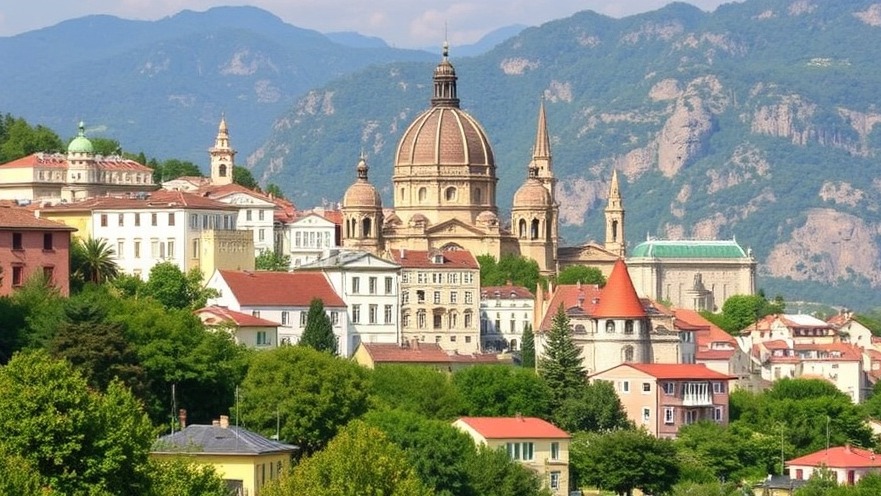Culinary Capitals You Haven’t Considered Yet

Forget Paris, Tokyo, and New York. The next great food cities may surprise you.
Every traveler knows the big three: Paris for pastries, Tokyo for sushi, New York for everything under the sun. But food, like fashion, thrives on what’s next. In 2025, the world’s most exciting culinary capitals are not the obvious ones—they’re the underdogs stepping into the spotlight.
Take Lima, Peru, where chefs have elevated local ingredients into a global phenomenon. Ceviche may be the headline, but Amazonian fruits, Andean tubers, and ancestral cooking methods are pushing boundaries in kitchens from street stalls to Michelin-starred temples. Dining here feels less like a meal and more like an edible history lesson.
Meanwhile, Mexico City is shaking off its underdog status. Yes, the tacos al pastor are life-changing, but it’s the city’s reinvention of tradition that makes it stand out. Young chefs are turning ancient recipes into modern art, while pulquerías and mezcalerías connect visitors to centuries-old drinking cultures. The buzz has grown so loud that food pilgrims now rank it alongside Tokyo as a must-visit.
Then there’s Istanbul, where East truly meets West on a plate. Breakfast alone—towering spreads of cheese, olives, honey, and bread—feels like a feast. Add to that the city’s inventive fine dining scene, where chefs fuse Ottoman recipes with global trends, and Istanbul quietly asserts itself as a capital of flavor.
Don’t overlook Seoul, either. Once pigeonholed by Korean barbecue, its culinary scene now rivals the world’s best. Innovative chefs are experimenting with fermentation, street food is elevated to art, and cafés showcase the kind of coffee culture that feels trendsetting rather than imitative.
The beauty of these rising capitals is how they blur lines between old and new. They’re not replacing Paris or Tokyo—but they’re reminding travelers that food culture is dynamic, diverse, and always on the move. In 2025, the best culinary journeys may surprise you.
---
Why Everyone’s Talking About Island Hopping Again
Single-destination vacations are out. The joy of the journey is back.
Once upon a time, the dream was simple: fly to an island, drop your bags, and stay put. But in 2025, more travelers are rediscovering the thrill of island hopping—stringing together multiple stops into one adventure.
The Greek islands are classic territory. Instead of settling in Santorini alone, travelers are weaving in Paros, Naxos, and Milos, creating an itinerary that balances romance with authenticity. Each ferry ride feels like opening a new chapter, each island a different personality.
In Southeast Asia, the Philippines is booming as an island-hopping destination. Palawan alone offers more than most countries: El Nido’s limestone cliffs, Coron’s wreck diving, Puerto Princesa’s underground river. Add in Siargao’s surf culture or Bohol’s Chocolate Hills, and one trip suddenly feels like five.
Even the Caribbean is embracing the trend anew. Cruises are no longer the only way; budget airlines and regional ferries make it easy to stitch together Martinique, St. Lucia, and Dominica into a single trip. And in the Indian Ocean, travelers are hopping between Mauritius, Réunion, and the Seychelles for an offbeat blend of cultures and landscapes.
Why now? Partly it’s the rise of flexible remote work—people can stay longer, so multi-stop trips make sense. But it’s also about variety. After years of single-resort vacations, travelers want choice: different beaches, different cuisines, different sunsets. Island hopping delivers constant novelty without the stress of long flights.
The best part? The journey itself becomes part of the memory. The boat rides, the views from the deck, the anticipation as the next island rises on the horizon. In 2025, travel is about movement again, and island hopping is the perfect expression of that restless joy.
 Add Row
Add Row  Add
Add 




Write A Comment